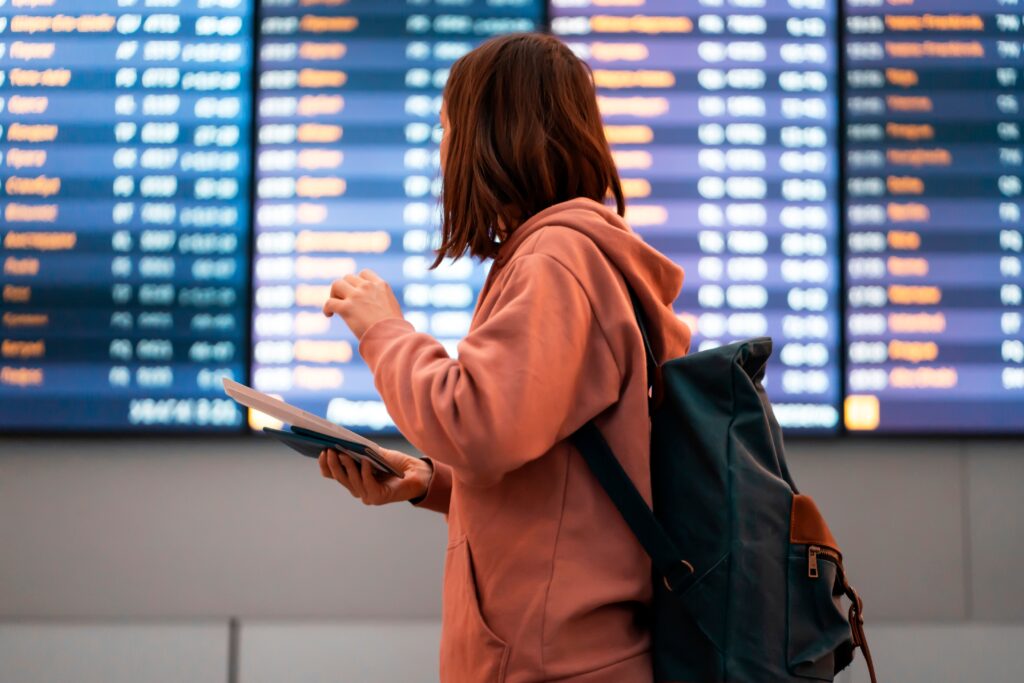If you’re thinking of coming to Australia to study (or want to stay in Australia after graduating) one of the first things you need to do is organise your visa.
It sounds stressful, we know. What if it doesn’t get approved in time? That’s a very valid fear, and you’re not alone in your worry.
After the Australian borders reopened in late 2021, following the pandemic, student visa processing times increased from an average of 14 days to up to 7 months. Processing times are getting a lot quicker now, and thankfully, there doesn’t seem to be another global pandemic coming anytime soon in the near future. However, it always pays to know what you can do to avoid visa delays and keep everything running smoothly. After all the effort of applying to universities, choosing your course and planning your move, the last thing you want is for paperwork to hold you back.
Apply early
Aim to get your visa application underway at least 6-12 weeks prior to when you’re planning on starting your studies, especially if you’re looking at postgraduate study, which can take longer for approvals. Giving yourself plenty of time means that you should avoid getting stuck in the queue during peak periods.
January and July are particularly busy times for the Department of Home Affairs, so if your course starts in those months, consider submitting your application even earlier.
Use the Department of Home Affairs’ visa processing times tool
The Department of Home Affairs has an official guide to processing times, which can help you calculate what sort of wait you might have. It uses recent data to give current timeframes based on whichever time of visa you’re applying for. This can help you set realistic expectations on how far in advance you need to be applying. It’s important to remember that it does not show wait times or details on your specific application, just the visa type in general. The guide is updated regularly, so make sure you check it often for any unexpected delays.
Make sure you submit a completed application
Incomplete applications are one of the biggest reasons for delayed visas. Make sure you read through all the documentation thoroughly and have any attachments ready to go. These usually include: financial statements, proof of English proficiency, confirmation of enrolment, health checks and a well-written Genuine Temporary Entrant statement. If the Department sends through a request for further information, make sure to respond as quickly as you can, as it may be the difference between having your application approved on time or not. If you’re unsure if you have everything right, consider asking a migration agent or international support officer to take a look over it for you.
Keep on top of changes to visa requirements
Australia’s visa priorities are set by ministerial directors. Since December 2024, Direction 111 has applied: each university receives priority processing for up to 80 % of its offshore student visa quota. While the direction is not a visa cap, if you’re not within that 80% then your wait times may be affected. Staying informed through your university can help you lodge your application at the right time.
Visa wait times have reduced considerably in the last few years, so with a bit of luck, you shouldn’t have a problem getting approved on time. But staying ahead does take more than luck, so remember: apply early, lodge a clean application, keep an eye on official timelines, and understand the rules that affect processing. With these strategies in place, you’ll be well‑positioned for a smooth, delay‑free start to your Aussie education journey.





